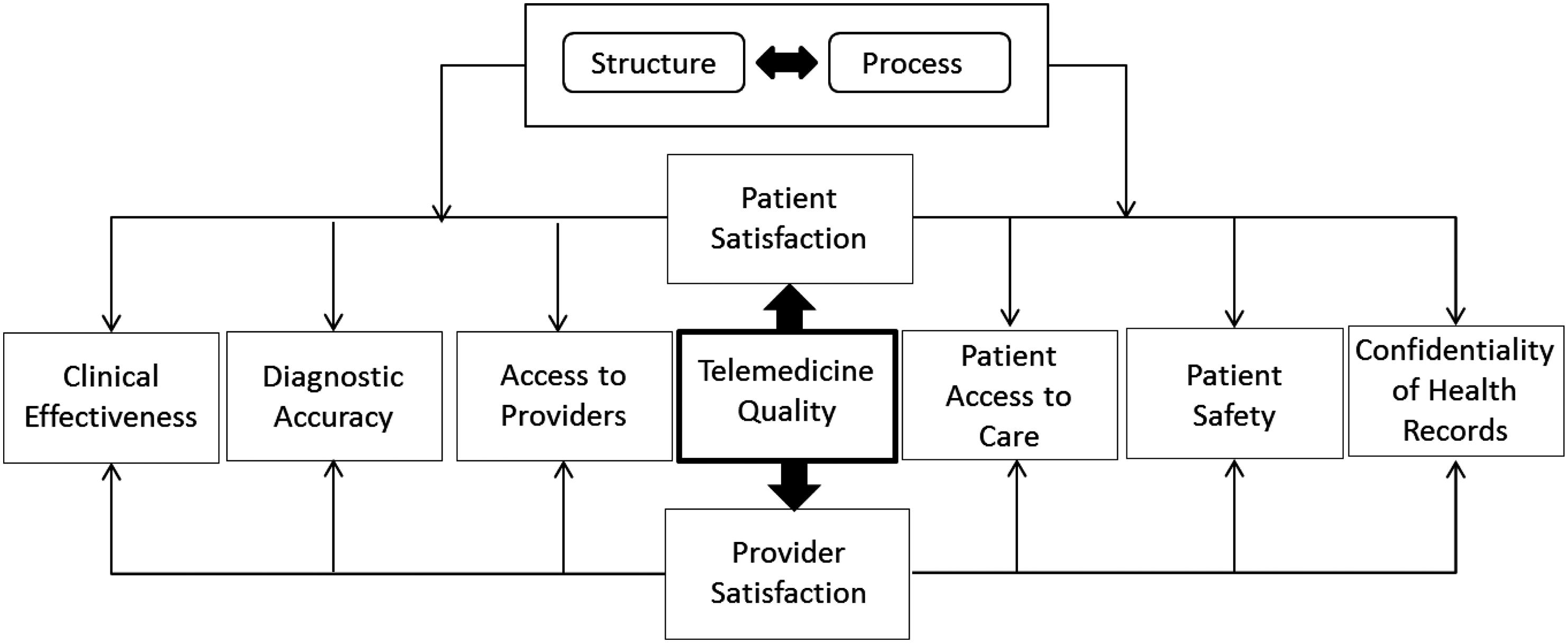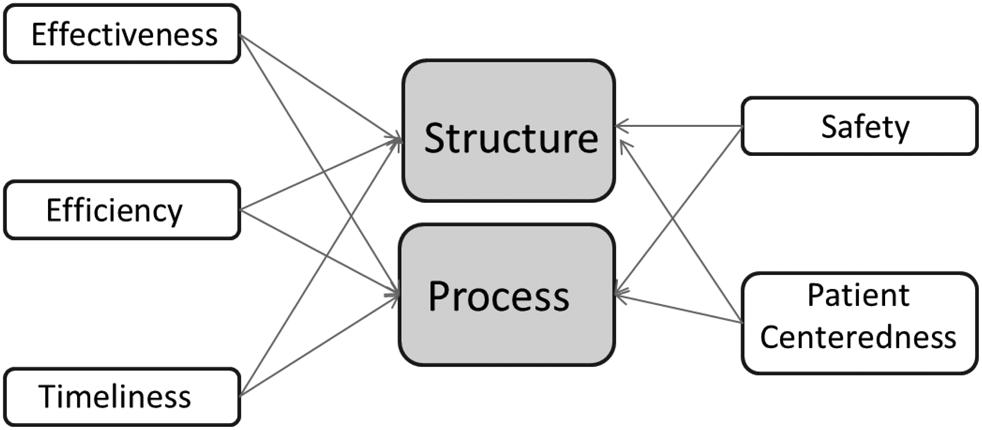
5 minute read
Healthcare Technology and Electronic Medical Records System
One of the biggest challenges is to free data from the silos in which it too often remains, an issue that affects both patient care and medical research. A first step is to make electronic medical records (EMRs) interoperable, so patients can freely share their information with as many providers as they wish. The days when patients are greeted at a doctor’s office by only a clipboard should be long gone. Allowing for truly portable records will lead not only to major improvements in the efficiency of the healthcare system, but also to improvements in care (Leaf and Minor, 2017).
The shift toward significant investments in technology to optimize physician data usage is quite evident across the healthcare landscape. The adoption of EHRs among non-federal acute care hospitals is nearly universal. In 2015, nearly all reported hospitals (96 percent) possessed certified EHR technology. This rate is similar to 2014, suggesting the adoption of certified EHR systems may be plateauing. In 2015, over eight in ten non-federal acute care hospitals adopted all the functionalities associated with a basic EHR; this represents a nine-fold increase since 2008, before the Health Information Technology for Economic and Clinical Health (HITECH) Act of 2009. Basic EHRs, a historical measure of EHR adoption, includes functionalities, such as viewing imaging results, which are not included in certified EHRs. The hospital adoption of EHRs with more advanced functionality is also increasing while the adoption of EHRs with less advanced functionality is declining. Although EHR adoption rates differ depending on the specific measure, both key measures of EHR adoption—certified EHRs and basic EHRs— consistently show their widespread adoption (Henry et al., 2016).
Advertisement
Although the technology is generally viewed favorably, there are significant challenges, and the technological implementation has not been as successful as expected. While some medical systems are already realizing the cost efficiencies of EMRs, a recent study found that physicians spend more time on desk work than with patients. This suggests that, in fact, EMR technology is not reducing paperwork and providing more time with patients, merely changing the type of desk work that physicians are responsible for (Sinsky et al., 2016).
Healthcare is ripe for other advanced technologies. The emergence of artificial intelligence (AI) has caught the attention of leading healthcare organizations. This technology is already beginning to permeate our everyday
lives in very real and practical ways, whether automated checkouts, social media algorithms, or artificially intelligent lawyers. Incrementally, “robots”— by which we mean a machine with digital automation or AI technology—are taking over or contributing to tasks humans previously handled. However, the grand visions of automated cities and personal assistants are still a long way from being commercially available. The utility of the technology must be consolidated—in terms of efficiency, technology, and social acceptability—before it becomes the new paradigm.
The adoption of AI in healthcare is on the rise, and so is its use for solving various problems for patients, hospitals, and the healthcare industry overall (Healthcare IT News, 2017). The following are examples of AI applications in solving many of the persistent problems facing healthcare organizations and their patients (Healthcare IT News, 2017):
◾ Insurance verification: At the doctor’s office, coverage information is digitally verified to reduce the manual calls typically needed to ensure a patient’s insurance information is accurate and valid. The medical appointment booking app Zocdoc has launched Insurance Checker, a new feature powered by AI for its iOS and Android mobile apps and for its mobile website. Seeking to ease a process pain point common for both patients and providers, Insurance Checker targets deciphering, understanding, and verifying health insurance. For healthcare provider organizations, getting insurance information from patients can be a time-consuming process. Administrative costs make up about 15 percent of all healthcare expenditures, according to the 2016 CAQH Index
Report, and Zocdoc internal data reveals that office managers spend nearly a quarter of their time dealing with insurance (Healthcare IT
News, 2017). ◾ Healthcare provider organizations spend a great deal of money on customer service representatives taking patient inquiries via phone, email, or live chat. Technological advances in the form of automated chatbots infused with AI are showing promise. Healthcare providers will benefit from the increased use of chatbots, which are becoming more adept at their work because of AI advances. Healthcare providers are using healthcare bots to tackle challenges in the customer service aspects of medicine. Patients can now interact with Al through phones or a website for all their medical queries and requests. Virtual assistants are replacing humans in booking appointments, scheduling visits, medication, and even billing requirements. They offer 24/7 medical assistance
and improve service for basic requests. Moreover, they decrease administrative costs for healthcare providers (Insights Success, 2017). Most chatbots use multiple technologies: natural language processing, knowledge management, and sentiment analysis (Siwicki, 2017). First, natural language processing tries to understand what a user is asking about.
Second, technological provides conversational flow and responses, either directly or through guidance. Typically, natural language processing will identify the intent of a question with some level of confidence. Then, based on the confidence level, the chatbot will either ask a follow-up or disambiguate the question for the user. Once the confidence level is acceptable for the use case, the chatbot will present the proper response based on an intent taxonomy that associates the intent of the question with the desired response. More advanced chatbots will try to anticipate the next question or guide the user to relevant resources or responses based on the previous intent (Siwicki, 2017). According to AI experts, knowledge management systems are the necessary tools that allow the documentation of common questions and answers as well as problemsolving tips accumulated over the life of a product or a solution. ◾ One of the major advantages of Al is the ability to assist people in staying healthy. Mobile applications are already encouraging the instilling of healthy habits in individuals and assisting with the proactive management of a healthier lifestyle. It also increases the ability of healthcare professionals to understand the needs of the people they serve and enables them to provide better directions and assistance for maintaining patients’ health (Insights Success, 2017). ◾ Al chatbots are addressing cases like helping customers select a benefit plan, providing customer service, and guiding consumers to resources. ◾ Recently developed Al software in Houston, Texas, claims to detect a cancer risk 30 times faster than any doctor, with 99 percent accuracy. Moreover, researchers are training Al to detect tuberculosis (TB) on chest X-rays, which could help with screening and evaluation in TB-susceptible zones that lack access to radiologists (Insights
Success, 2017). ◾ The increase of wearable and other medical devices used with Al are assisting in detecting early stage heart diseases and enabling doctors to monitor potentially life-threatening events at an early, treatable stage (Insights Success, 2017). ◾ Al is receiving attention in medical diagnosis as well. Numerous healthcare organizations are applying cognitive technology to unlock





